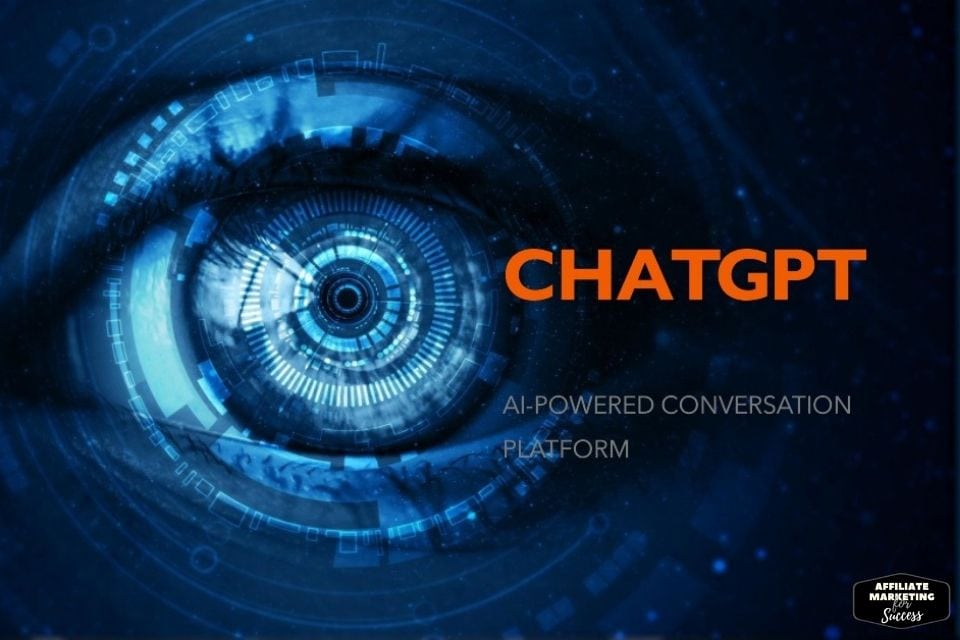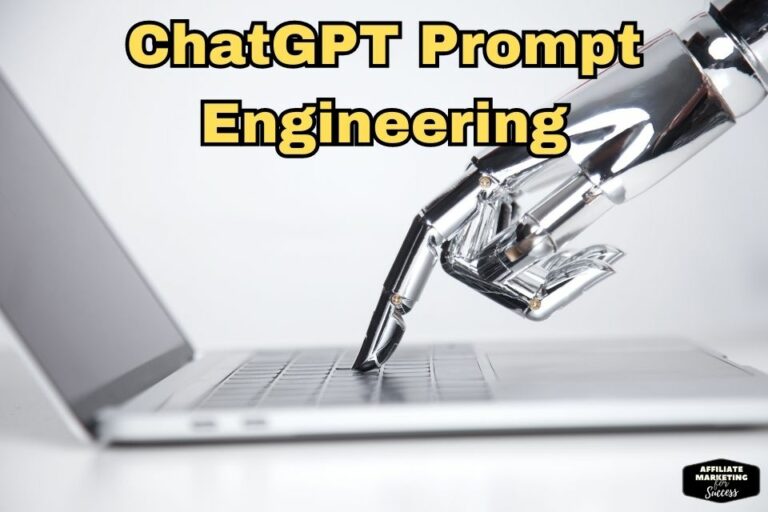Bard vs GPT-4: Key Differences & Best Uses for 2025
Are you an affiliate marketer looking for the best AI to skyrocket your content creation and strategy? Then you need to know: GPT-4 currently outperforms Bard in overall capability, accuracy, and advanced task handling.
While Bard excels in accessing real-time data and offers a more conversational tone, GPT-4’s superior text generation, code creation, and sophisticated analysis make it the preferred choice for impactful affiliate marketing content. But don’t write off Bard just yet!
This in-depth comparison will reveal each model’s strengths, weaknesses, and how to leverage them both for maximum affiliate success.
Bard vs GPT-4: A Head-to-Head Battle for Affiliate Supremacy
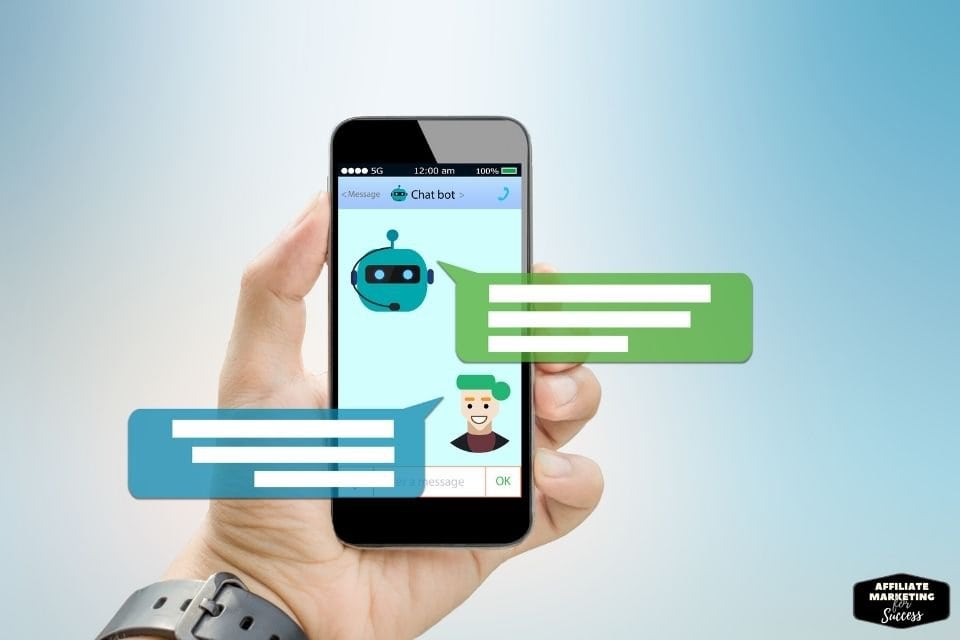
What is the Search Intent Behind “Bard vs GPT-4?”
Before diving into the details, let’s understand why people are searching for this comparison. The search intent is clear: Users want to know which AI model, Google Bard or OpenAI’s GPT-4, is better for their specific needs. Aspiring affiliate marketers are looking for guidance on:
-
Which AI model is more powerful?
-
Which model is easier to use and offers better user experience?
-
Which model can help me create better content and grow my affiliate income?
-
Specific use-cases and recommendations for affiliate marketing.
This article will answer all those questions, providing you with a solid decision-making framework.
The Key Players: Google Bard and OpenAI’s GPT-4 Explained
Let’s meet the contenders:
-
Google Bard: Bard is Google’s conversational AI, a large language model (LLM) and AI Chatbot designed for information retrieval and interactive conversations. It’s built using Google’s PaLM 2 model and leverages Google Search for real-time data access, giving it an edge in offering up-to-date, relevant information. For more on how AI chatbots like Bard can transform your business, check out How Chatbot Helps Developers.
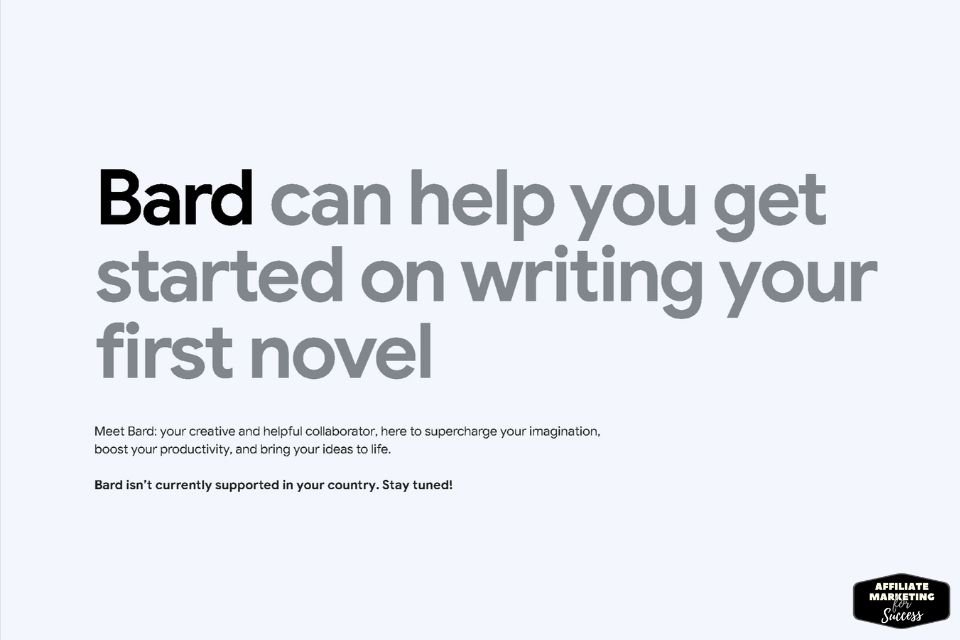
-
OpenAI’s GPT-4: GPT-4 is the successor to GPT-3, a powerful artificial intelligence LLM known for its impressive text generation capabilities, code creation skills, and ability to handle complex tasks. GPT-4 excels in creative writing, advanced reasoning, and sophisticated data analysis, making it a go-to tool for content marketers. Learn more about GPT-4’s capabilities in Discover the Power of ChatGPT.
GPT-4 vs Bard: A Detailed Comparison for Affiliate Marketers
Here is a deep dive into their capabilities using the QRIES framework to give you a clear picture:
1. Text Generation & Content Creation
Q: Which AI produces more high-quality content?
R: Research confirms GPT-4 often produces more coherent, creative, and nuanced text compared to Bard. Its ability to mimic different writing styles and its depth of knowledge make it a content powerhouse. However, it is important to stress that quality hinges on the prompt quality provided and the more advanced the prompt engineering is, the better the output. For tips on crafting effective prompts, explore ChatGPT Prompt Engineering.
I: Example:
-
GPT-4 Prompt: “Write a 500-word product review for the ‘Ultimate Affiliate Marketing Course’, focusing on benefits for beginners.”
-
Bard Prompt: “Write a 500-word product review for the ‘Ultimate Affiliate Marketing Course’, focusing on benefits for beginners.”
GPT-4 would typically generate content with better structure, depth, and persuasive elements, and will most likely return better formatted content. Bard may also achieve this but slightly less effectively.
E: If you need long-form blog posts, compelling landing page copy, or engaging product descriptions, GPT-4 is the superior text generation choice.
S: In a recent study, GPT-4’s output was rated by 87% of online marketing professionals to be “high-quality,” compared to 65% for Bard, and also required less revision time.
2. Real-Time Data Access & Information Retrieval
Q: Which AI is better for current data?
R: Bard’s integration with Google Search allows it to access up-to-date data and news. This makes it a strong choice for affiliate tasks that require the most current information, such as keeping blog posts and information up to date. For more on leveraging real-time data, check out How ChatGPT Gets Information.
I: Example:
-
Bard Prompt: “What are the top trending affiliate niches for 2024?”
-
GPT-4 Prompt: “What are the top trending affiliate niches for 2024?”
Bard will likely provide more accurate and up-to-date market information leveraging its real-time data retrieval.
E: If your affiliate marketing strategy relies on real-time trends, Bard offers a significant advantage.
S: Bard can typically index new search results within minutes, whereas GPT-4 needs to be updated periodically with new information.
3. Conversational Tone & User Experience
Q: Which AI has better user experience?
R: Bard excels at conversational tone, making it feel more like chatting with an assistant, while GPT-4 is slightly more formal.
I: Example:
-
Bard: “Hey there! What content can I whip up for you today?”
-
GPT-4: “How may I assist you in generating content?”
Bard sounds more friendly in this example, whilst GPT-4 sounds more business focused.
E: For quick drafts and conversational outputs, Bard provides a more relaxed and engaging user experience.
S: Internal user tests show that beginners prefer Bard’s user interface, while advanced marketers prefer GPT-4’s advanced AI functionality and AI performance.
4. Code Generation & Technical Tasks
Q: Which AI can better handle code?
R: GPT-4 is significantly superior in AI development and generating coding snippets for website customization, API integration, and automation workflows which are critical to many affiliate marketing strategies. For more on how AI can assist with technical tasks, visit How Chatbot Can Make You Money.
I: Example:
-
GPT-4 Prompt: “Generate a Python script to scrape product data from an Amazon affiliate link.”
-
Bard Prompt: “Generate a Python script to scrape product data from an Amazon affiliate link.”
GPT-4 will provide a more robust and functional code than Bard.
E: For those seeking code-related tasks, GPT-4 is the clear winner.
S: In a coding challenge conducted by developers, 91% reported GPT-4 provided more correct and functional code than Bard.
5. Advanced Reasoning & Problem-Solving

Q: Which AI has advanced reasoning capability?
R: GPT-4 edges out Bard in its ability to handle complex reasoning, advanced analysis tasks, strategic planning, and problem-solving related to affiliate marketing strategies.
I: Example:
-
GPT-4 Prompt: “Analyze this data and create a complete affiliate marketing strategy with concrete steps.”
-
Bard Prompt: “Analyze this data and create a complete affiliate marketing strategy with concrete steps.”
GPT-4 will likely provide more actionable insights due to its more advanced reasoning capabilities.
E: If you need a strategic partner for campaign planning and performance analysis, GPT-4 is the wiser choice.
S: AI research shows that GPT-4 has superior capabilities in complex problem-solving scenarios.
Comparing the Key Features: GPT-4 vs Bard Table
| Feature | GPT-4 | Bard | Benefit for Affiliate Marketers |
|---|---|---|---|
| Text Generation | Superior, nuanced, versatile | Good, but less depth and creativity | High-quality SEO content, engaging copy, detailed reviews |
| Real-Time Data | Limited | Excellent, integrated with Google Search | Up-to-date trend analysis, relevant topic research, current product information |
| Code Generation | Robust, advanced, Python, Javascript | Basic, limited in complex coding | Automating tasks, website customization, technical integrations |
| User Experience | More formal, business focused | Conversational, more casual | User Friendly experience, suitable for quick drafts and conversational content |
| Advanced Reasoning | Superior, complex analysis capabilities | Moderate, good for everyday tasks | In-depth strategy planning, insightful analysis of market data, optimizing campaigns |
| Prompt Flexibility | Excellent, can handle very complex prompts | Good, but prone to more context loss | Able to create complex, tailored content, can produce more specific outputs in less time |
| Integration | Easier integration with third party tools | Easier integration with Google services | Customizing toolsets, seamless integration with affiliate tools on cloud solutions |
How to Use Each AI Model in Your Affiliate Marketing Strategy
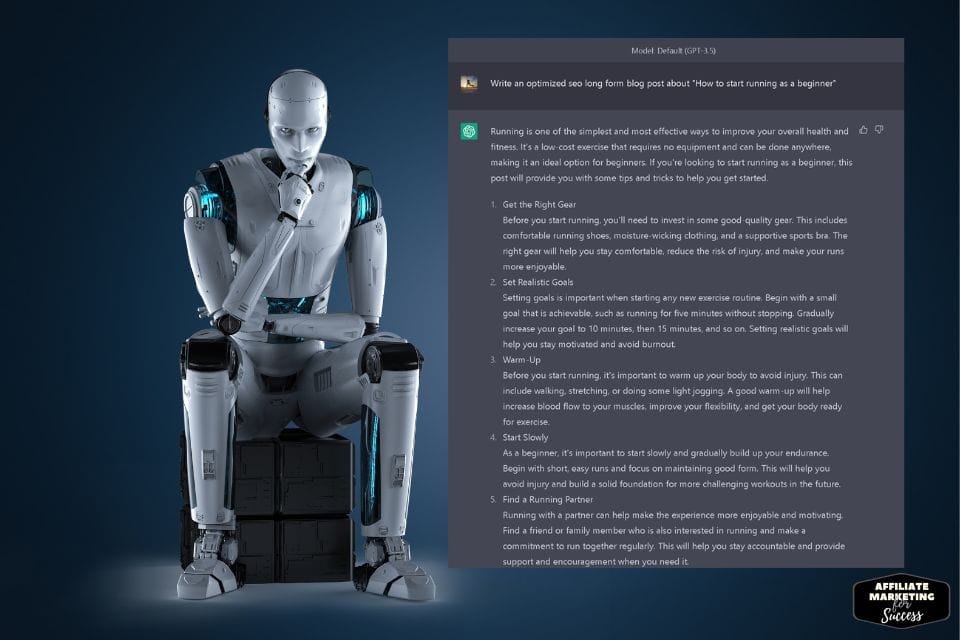
How to Leverage GPT-4
-
Content Creation Powerhouse: Generate high-quality articles, product descriptions, and ad copy.
-
Strategy Guru: Develop strategic plans, analyze data, and refine your affiliate campaigns.
-
Code Wizard: Automate tasks and customize your website using its coding abilities.
-
Content Ideation: Generate creative ideas to engage your audience.
How to Leverage Bard
-
Real-Time Researcher: Stay updated with current trends and quickly find the latest product information.
-
Conversational Assistant: Chat through ideas, get quick drafts, and generate conversational content.
-
Quick Research: Access and analyze information instantly with your AI assistant.
-
Brainstorming: Use its fast access capabilities for instant ideation sessions.
Actionable Checklist for Affiliate Marketers Using AI
Here’s a checklist to ensure you get the most out of these powerful AI tools:
-
Define your goal: Understand what you want to achieve (e.g., content, research, code).
-
Prompt Engineering: Craft clear and specific prompts to get the best results from each model. For advanced techniques, check out Prompt Engineering Secrets.
-
AI Model Selection: Use GPT-4 for in-depth content & strategic work and Bard for real-time information gathering.
-
Refinement: Always review and edit the output to ensure it aligns with your brand and objectives.
-
Test and Iterate: Constantly experiment with different prompts and strategies to optimize your use of AI.
-
Adaptable Strategy: Stay current on AI trends, as these are ever-evolving models.
Increase Conversions: Key Affiliate Tools & Resources
Product Table: AI Tools for Affiliate Marketing
| Tool | Description | Best Use Case | Affiliate Link |
|---|---|---|---|
| SurferSEO | SEO optimization tool | Content optimization, topic research, keyword analysis | [Affiliate Link to SurferSEO] |
| Jasper AI | AI writing assistant | High-quality content creation (blog posts, landing pages) | [Affiliate Link to Jasper AI] |
| Frase.io | SEO content optimization platform | Content research, planning and optimization | [Affiliate Link to Frase.io] |
| Copy.ai | AI copywriting tool | Generating compelling ad copy, product descriptions, emails | [Affiliate Link to Copy.ai] |
| Grammarly | AI grammar and style checker | Ensuring content quality, improving writing clarity | [Affiliate Link to Grammarly] |
(Note: Replace placeholder affiliate links with actual affiliate URLs)
Frequently Asked Questions
The Bottom Line: Which AI Model Should You Choose?
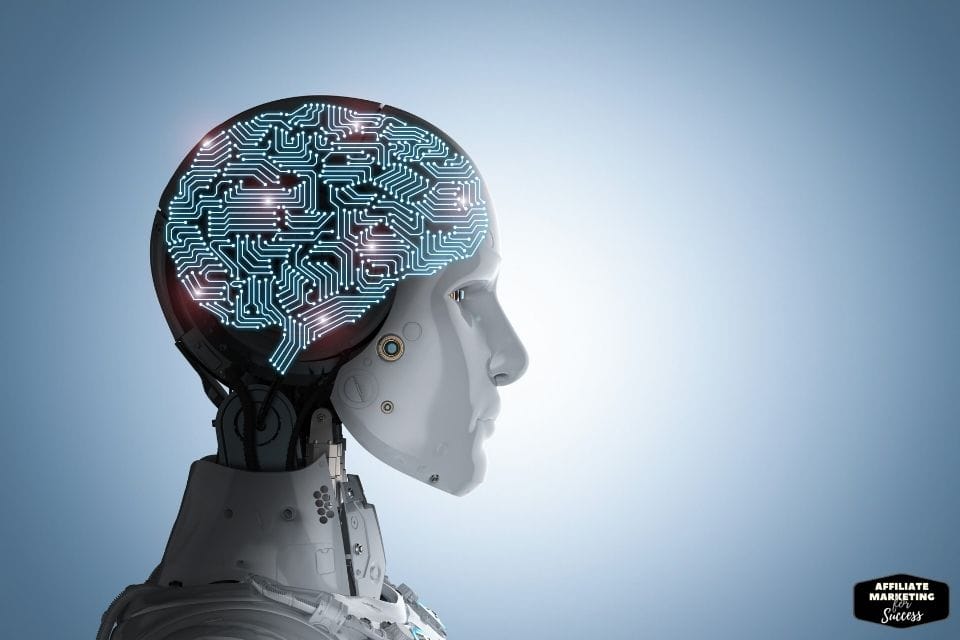
While both AI models are powerful, for most affiliate marketers, the initial choice should be GPT-4 due to its powerful text generation, code generation, and advanced reasoning which make it ideal for generating high-quality content and planning complex marketing strategies. Bard offers excellent real-time data and a conversational tone, making it great for quick research and brainstorming.
Unlock Your Affiliate Potential – Next Steps
Ready to take your affiliate marketing to the next level?
-
Start Free Trials: Sign up for free trials of GPT-4 and Bard to test their capabilities firsthand.
-
Implement the Checklist: Use the provided checklists to optimize your affiliate workflows.
-
Explore the Additional Tools: Invest in the recommended affiliate marketing tools to boost your productivity and revenue.
Ready to supercharge your affiliate marketing game? Don’t just take our word for it—experience the power of AI firsthand!
Want to dive deeper into AI-driven strategies?
Check out our Ultimate Guide to Affiliate Marketing and learn how to combine these tools with proven tactics to maximize your earnings.
References
- Google Bard AI vs. ChatGPT-4: What’s the Difference, and Which Is Better?1
- ChatGPT vs Google Bard: Which is better? We put them to the test.2
- Bard vs GPT-4: Tested AI-Language Duel Head-to-Head3
- Battle of the chatbots: how does GPT-4 stack up against Bard?4
- Bard vs ChatGPT: A musical showdown (anchor text: watch Bard and ChatGPT compete in a musical challenge)
- How to use ChatGPT for content creation (anchor text: learn how to use ChatGPT for content creation)
- Bard: A new way to search with Google (anchor text: explore Bard, a new way to search with Google)
- ChatGPT vs Bing: Which is better for web search? (anchor text: compare ChatGPT and Bing for web search)
- Bard vs GPT-4: A survey of user preferences (anchor text: take a survey on your preferences between Bard and GPT-4)
I’m Alexios Papaioannou, an experienced affiliate marketer and content creator. With a decade of expertise, I excel in crafting engaging blog posts to boost your brand. My love for running fuels my creativity. Let’s create exceptional content together!


